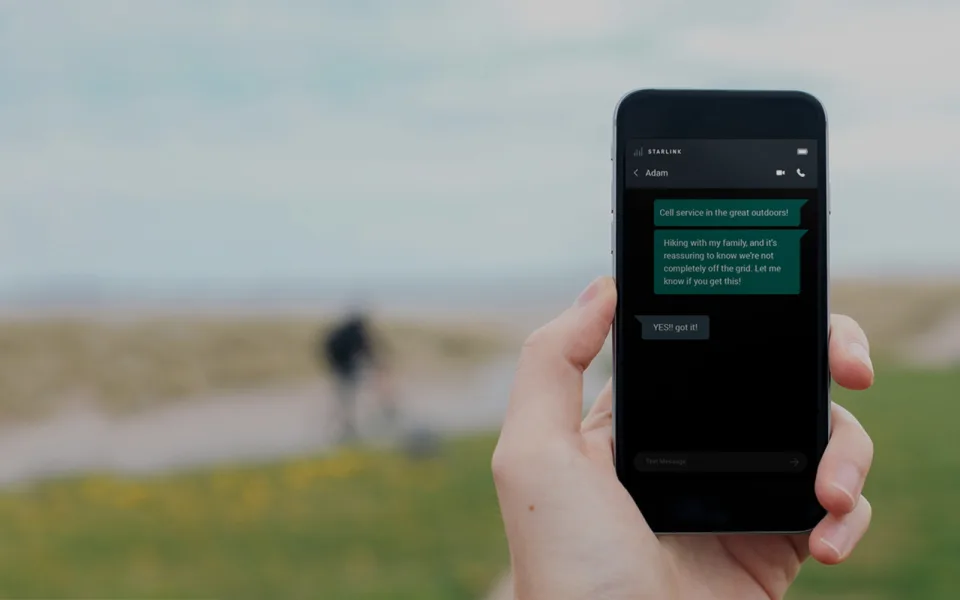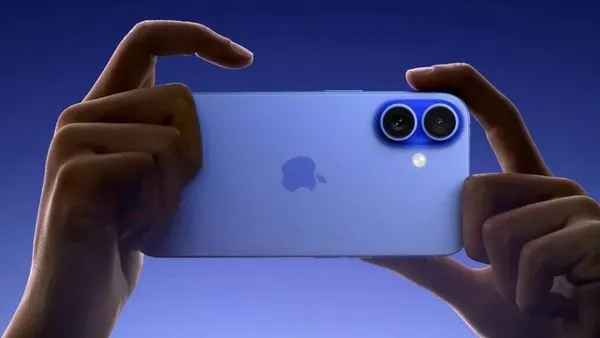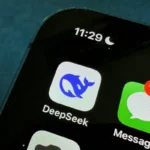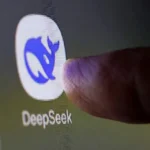The direct-to-cell satellite service is undergoing beta testing.
In a significant step toward universal connectivity, Apple has rolled out a groundbreaking update with iOS 18.3, enabling T-Mobile customers to send text messages via the Starlink satellite network. This game-changing feature ensures that users can stay connected even in areas where traditional cellular coverage is unavailable. Initially available to select participants, this innovation marks the beginning of a broader push toward seamless global communication.
Bridging the Connectivity Gap with Satellite-Powered Messaging
Apple’s latest iOS update enhances iPhone capabilities by integrating support for SpaceX’s Starlink direct-to-cell satellite service in collaboration with T-Mobile. While Apple has already offered satellite-based emergency SOS features through its partnership with Globalstar, this new update represents a shift toward everyday messaging beyond traditional cellular networks.
Historically, satellite texting has been limited to specialized devices or select Android phones. Previously, Samsung’s Galaxy Z Fold, S24 series, and certain devices running Android 15 supported direct-to-cell technology. With iOS 18.3, Apple is officially joining the ranks, allowing iPhone users to harness the power of satellite-based messaging without requiring additional hardware.
How It Works: T-Mobile and Starlink’s Direct-to-Cell Service
T-Mobile and SpaceX have been working on direct-to-cell connectivity for some time, aiming to eliminate cellular dead zones by leveraging Starlink’s expansive satellite network. Unlike traditional satellite phones, which require dedicated receivers, this service enables existing smartphones to connect to satellites in orbit, offering users basic communication services without a cell tower in sight.
Currently, this functionality is limited to text messaging, with plans to expand to voice calls and data in the future. Those who have signed up for the beta program have reportedly started receiving welcome messages notifying them that they can “stay connected with texting via satellite from virtually anywhere.” For iPhone users, the message instructs them to update to iOS 18.3 to “start experiencing coverage beyond.”
Once the update is installed, users can navigate to their cellular data settings to activate the new capability. While the feature is still in the testing phase, it represents a major leap toward truly global, uninterrupted communication.

The Future of Satellite Connectivity on iPhones
While T-Mobile’s partnership with Starlink is still in its infancy, this collaboration holds immense promise for the future. As the technology matures, the goal is to extend services beyond simple text messaging to include full-fledged voice calls and mobile data access. Imagine a future where remote workers, travelers, and emergency responders can maintain connectivity anywhere on Earth—without relying on traditional cellular networks.
Apple’s involvement in satellite communication is no surprise. The tech giant has long been invested in improving global connectivity. Its existing partnership with Globalstar already allows for emergency satellite texting in critical situations, but the addition of everyday messaging through Starlink’s network is a significant enhancement.
What This Means for iPhone Users
For now, only select T-Mobile users enrolled in the beta program can experience this feature. However, as trials progress and the service expands, more iPhone users will gain access to satellite-powered messaging. This advancement is particularly beneficial for those living in rural areas, frequent travelers, and outdoor enthusiasts who often find themselves in regions with little to no cellular service.
As Apple, T-Mobile, and SpaceX continue to refine the technology, the future of mobile connectivity looks brighter than ever. With the promise of broader availability and enhanced features on the horizon, this latest update marks the beginning of a new era where staying connected is no longer confined to terrestrial cell towers.
Final Thoughts
The integration of Starlink’s satellite network with T-Mobile and iPhone devices is a monumental step forward in bridging communication gaps worldwide. While the feature is currently in its early stages, its potential to revolutionize connectivity—especially in remote and underserved regions—is undeniable. As technology evolves and more carriers explore satellite-based solutions, we may soon enter a world where dead zones are a thing of the past.
For now, iPhone users eager to be at the forefront of this revolution should ensure they have updated to iOS 18.3 and stay tuned for further developments. The future of mobile communication is here, and it’s reaching for the stars—literally.










